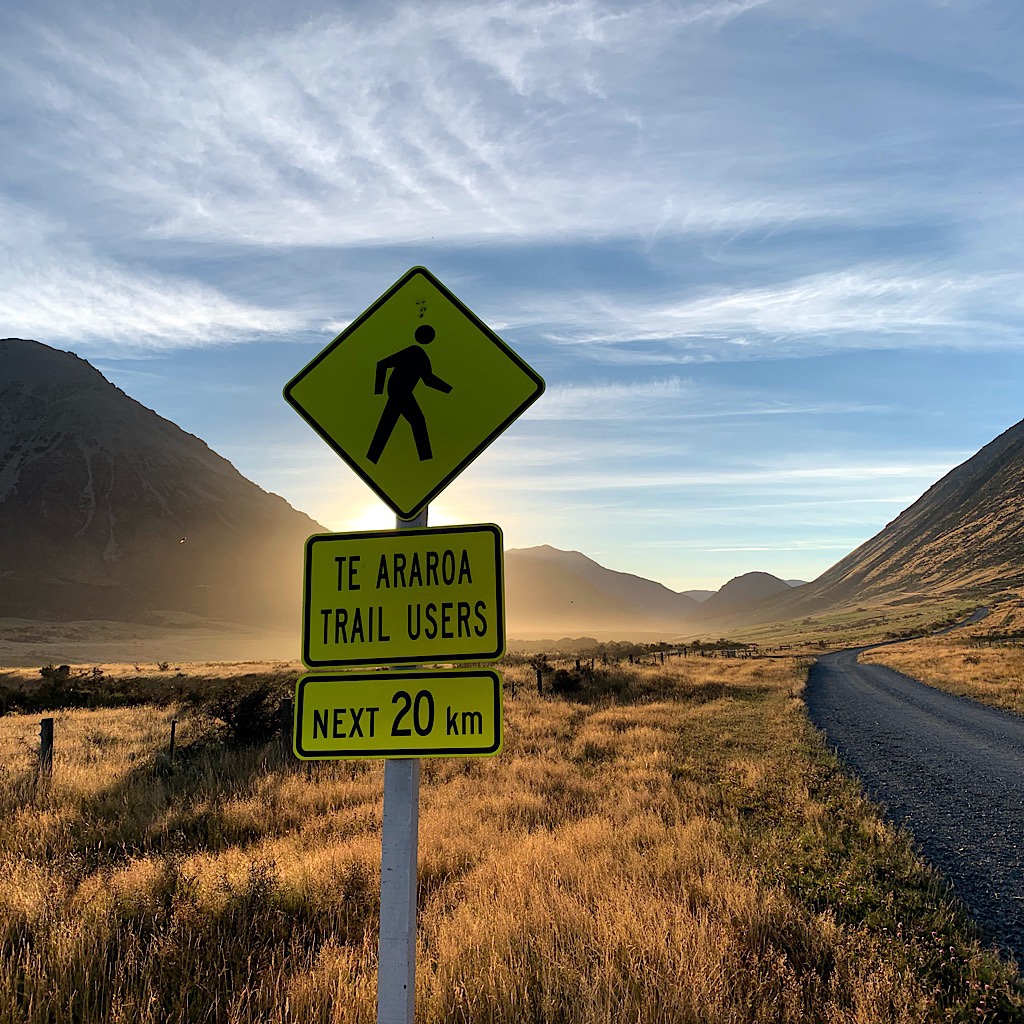
Kia ora, Mark.
Thank you so much for taking the time to talk with me by phone on that cold, blustery and rainy day last March as I holed up in Otautau after an upsetting encounter with an aggressive male tramper. Your calming voice and sensible advice helped me complete the trail in Bluff full of joy and big smiles – a trail I set out to walk four months earlier from Cape Reinga. I am forever grateful that you pointed me in the right direction and sent me on my way feeling strong again.
When we talked, you asked that I share with you a few ideas about how the trail might be improved. I have had the opportunity to talk with trail friends as well as Kiwi trampers to come up with a few ideas that would not cost a lot of money or manpower, but might offer an opportunity for the trail to succeed in even more potent ways.
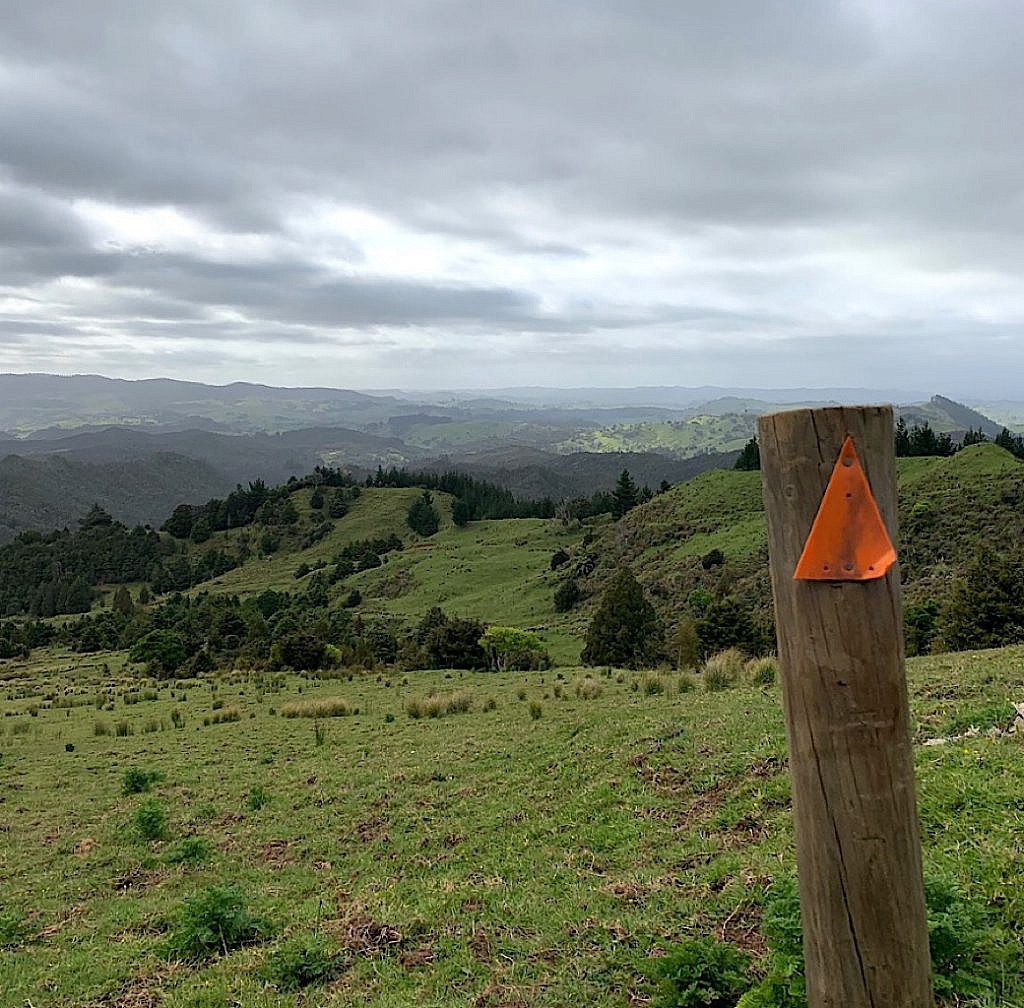
First of all, while I realize many thru-hikers walk the Te Araroa because they are in transition and likely don’t own anything besides what’s on their backs, I do think creating a permitting system with a required, rather than voluntary, price tag could be quite valuable. It would not only collect needed funds for upkeep of the TA but, if set up thoughtfully, it could engender more good will and a sense of community amongst hikers and Kiwis.
I would recommend a nominal cost of $2-300 per island and in return the thru-hiker would receive a small plastic orange triangle to attach to their pack. Easily seen from a distance, the triangle is a badge of honor and a memento of the thousands of triangles followed on the journey through New Zealand. It also signals to others that this particular hiker is thru-hiking and has accepted responsibility for the rules set forth regarding leave no trace, purchasing a hut pass, etc. With the orange triangle might come discounts at participating restaurants and attractions along the trail. This added community component helps those people who might feel burdened by the number of trampers find they can actually benefit from foot traffic.
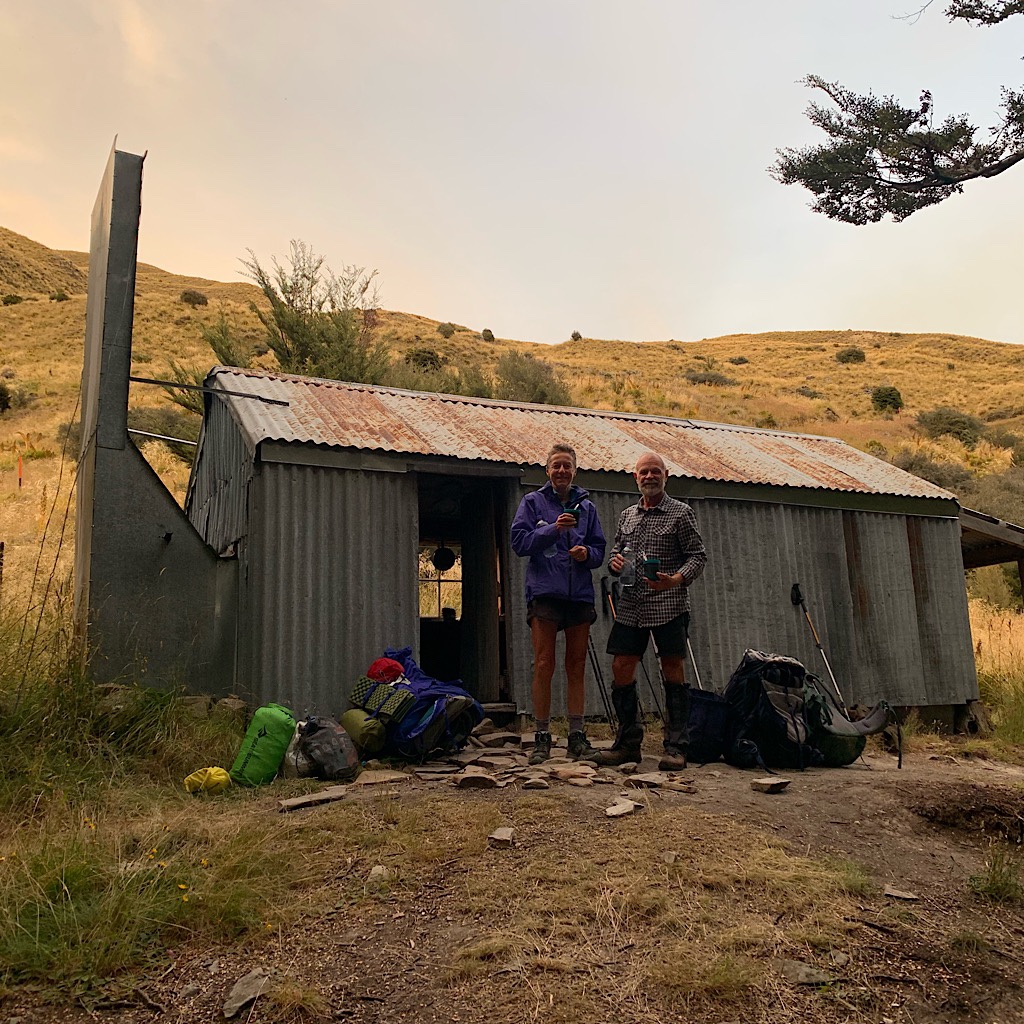
The community component is extremely important. In some places, people had no idea what I was doing. And this was especially problematic when road walking. I am not sure if American and European thru-hikers understand that pedestrians have few rights on New Zealand roads. The only time a car would stop for me was when I was on a dedicated crosswalk. I did not take chances or place myself in obvious danger, but I was shocked by the aggressiveness on the roads.
Aside from education, which is necessary, I would suggest involving the community in the purchase and placement of road signs that warn motorists of walkers – specifically Te Araroa walkers – on the road. I only saw one such sign on the entire trail near Harper Village Campsite in Canterbury. One place that could benefit from a sign is between Whanganui on SH 3 and Turakina. I would guess everyone who walks this section stops for a cold drink at Turakina Antiques. I only knew the store offered food and drinks because someone mentioned it to me, otherwise, I would have walked on by. What a benefit to them if they could place their name on a sign that both tells motorists to take care of walkers on the road, but also tells walkers this sign was made possible by a business you really ought to patronize!
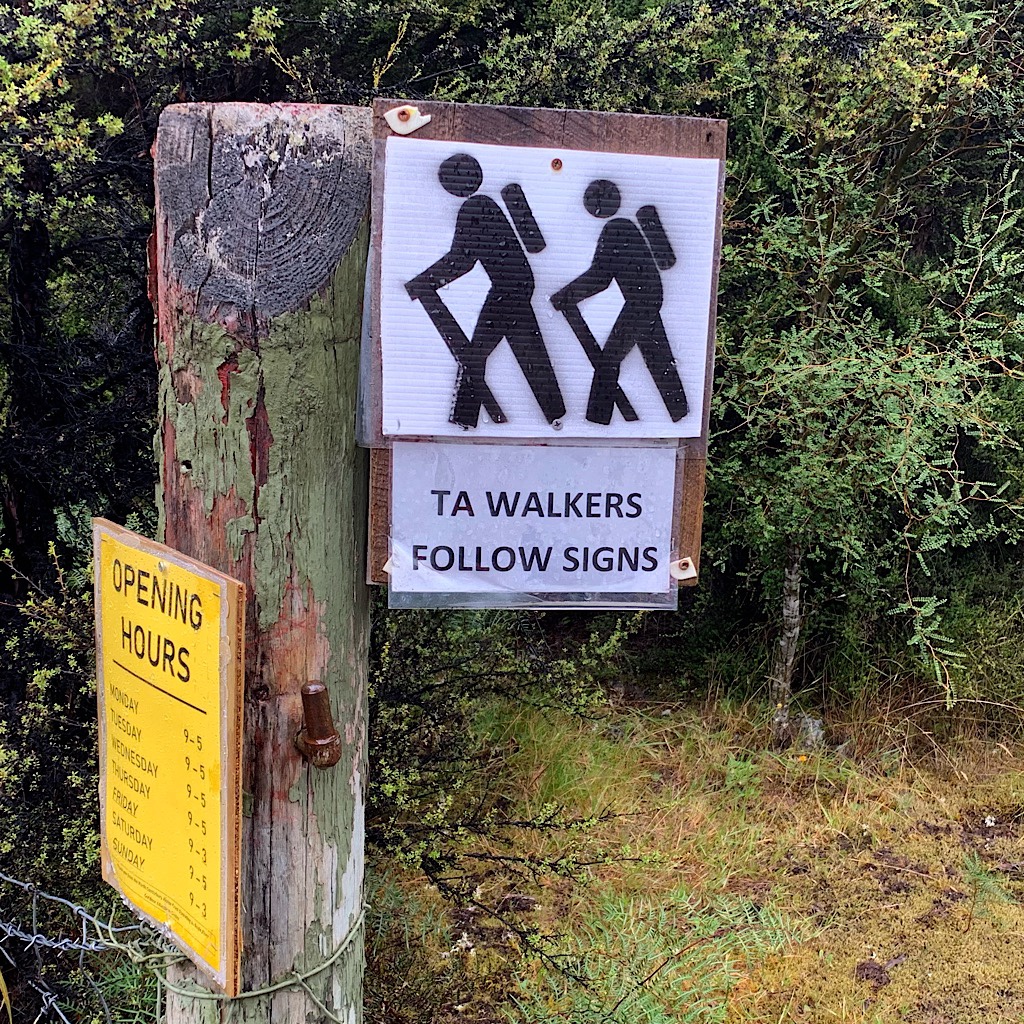
This is just one in a myriad list of places where relationships might lead to valuable signage and safety measures and alert hikers to services ahead. While I was told numerous times that wearing a high-vis vest would make me safer on the roads, my experience told me otherwise. Many motorists saw me just fine, but crowded me anyway. I am sure this is due to a combination of an attitude that the road is meant only for cars, that walkers “don’t belong” on the road, and irritation at the growing number of tourists. But if we as hikers help the economy by soliciting local businesses, and in turn businesses find our presence a driver of the economy, I think this attitude might change.
In the United States we encourage “adopt-a-highway” programs where a local business supports cleaning up particular sections of road. It is a powerful program in that it asks those who benefit the most to participate in needed maintenance, but it also introduces passers-by to community-minded businesses. Whenever I saw a sign that referred to TA hikers specifically, e.g. Bennett Road after the Timber Trail or in Boyle Village, I felt part of a larger community and less of a transient visitor. Simple relationships like this help pay for infrastructure. They also inform locals who TA walkers are, usually information best communicated directly from person to person rather through any government entity. In turn, they invite thru-hikers into the community they are walking through, which I think is key at this stage of the TA’s continued development.
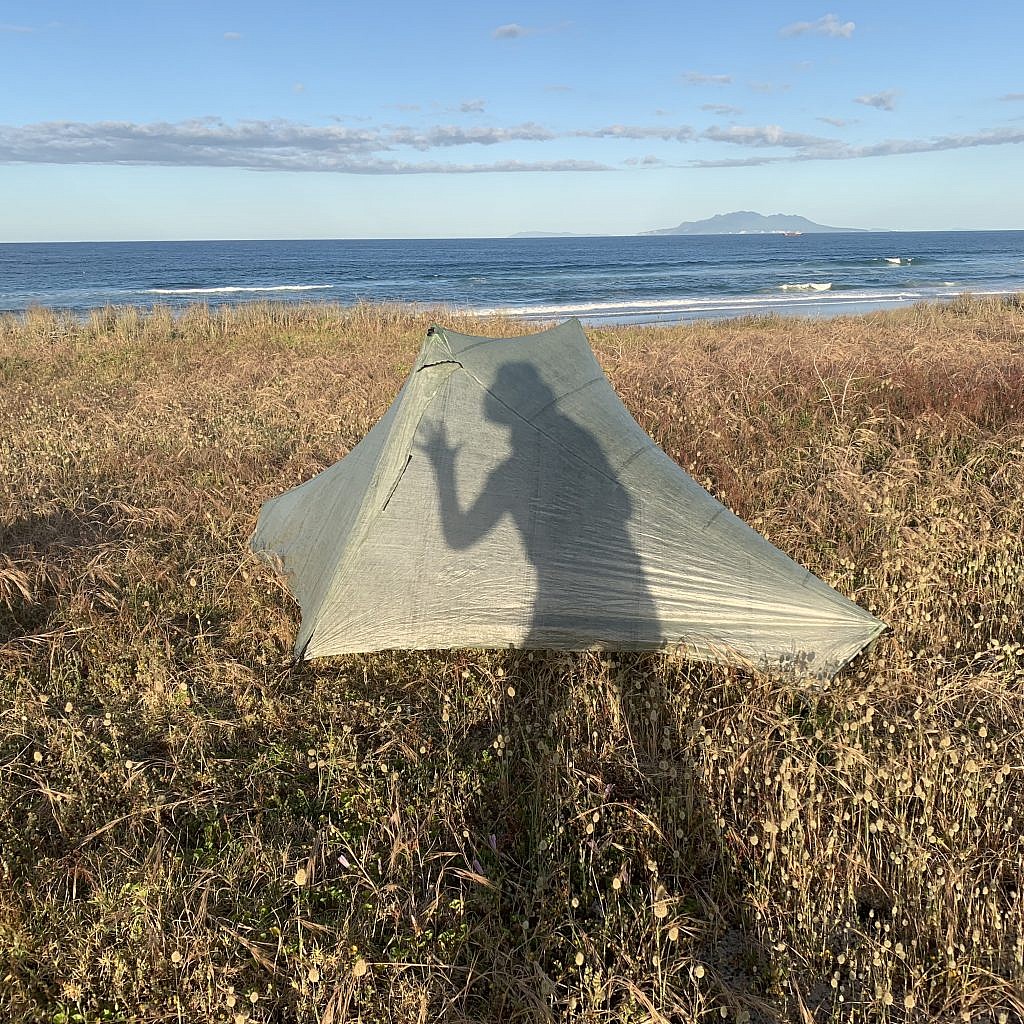
I want to touch again on my mention of purchasing a hut pass. There were many hikers who didn’t bother buying a pass, seemingly because they saw huts as a free service or they simply couldn’t be bothered. I was disappointed that even at such a bargain – about $3 per night for a bunk in a space totally protected from the elements – some balked at paying. I don’t know if there is any way to make purchasing the hut pass part of the overall permitting system. As I mentioned, the plastic orange triangle indicates the hiker has agreed to the “rules” but I realize it is nearly impossible to enforce. This is why I think it is advantageous to offer something to attach to the pack and cause hikers to self-police. We are now part of the “orange triangle club” or whatever it might be called.
That being said, many hikers simply can’t afford to pay for a permit. I would suggest instituting a trail maintenance program with hiker participation. There are numerous sections of the trail that need help, for instance along the Mangaokewa River where broken stiles, landslips and herd trails have created numerous hazards. Perhaps community participation in a sort of “wwoofer” program might be encouraged, one that exchanges a place to stay and a waiver of permit fees to trail users who devote a week to trail maintenance. It would be a win-win and certainly engender buy-in from hikers who would feel pride and ownership of the trail after helping maintain it.
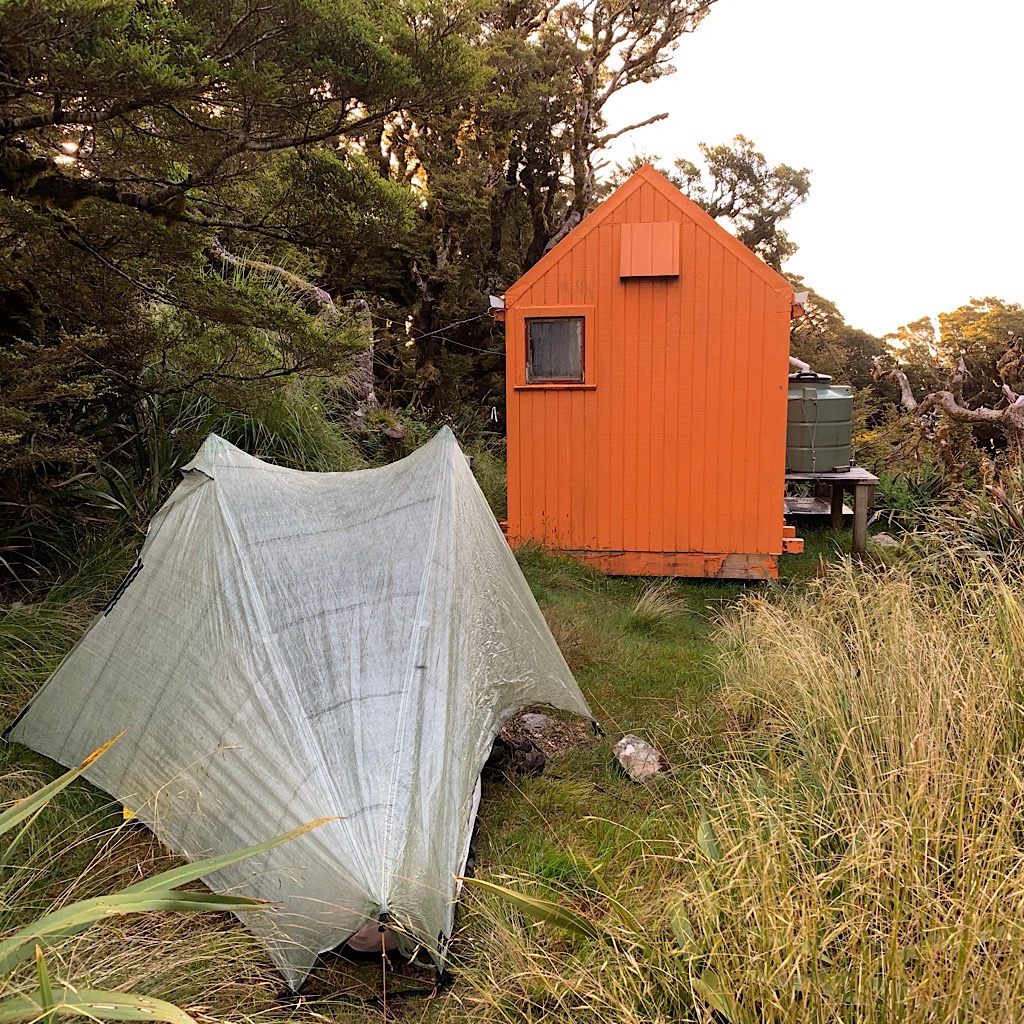
I understand that the Te Araroa is a young trail and set in a country with fewer resources than the United States or Europe. I hope my ideas might help build community and hopefully needed funds for maintenance, signage and perhaps more dedicated campsites and shelters, of particular need in the North Island. Perhaps they will also spark a larger conversation about hiker responsibility as the trail increases in popularity and that supporting the trail is not just encouraged, but expected. I certainly hope we can remain in touch as ideas continue to percolate. I fell deeply in love with New Zealand and I know I will return before too long.
With sincerest best wishes for the future, ka kite ano,
Alison Young, the Blissful Hiker


16 Responses
Thanks Alison for taking the time to write such a thoughtful and considerate letter. Glad to hear the response was positive. Cheers!
you bet! maybe I can return and help out 😍😍😍
Just read your letter and the comments – I don’t think I could add any more accolades. It’s an excellent letter, practical and suupportive. The pictures made your suggestions real! I hope this leads to something good!
Mark responded, “Thanks HEAPS!” haha, soooo Kiwi. I’d love to help implement changes! 🐥👣🎒
As a local tramper I only had a vague idea of the TA before reading your blog, which suggests that the TA ‘brand’ is under-developed in NZ. I completely agree that increased public awareness of TA walkers, in the context of them being seen as contributors to the local economy would be a great leap forward for the TA. All of these ideas seem very practical and reasonable. To my mind, putting these ideas in front of appropriate governmental bodies and community organisations should be an obvious move for the Te Araroa Association.
Weatherall just responded to my direct letter thanking me HEAPS – yes, all caps. Maybe I can return to help with implementation! 🐥👣🎒
Excellent, thoughtful, insightful. Wonderful that you point out adopting a section of the trail similar to US adopting a section of a hwy.; and the orange triangle is a superb
idea to unite fellow hikers; I love your option for people who can’t afford the pass. Maybe they will put you on a committee in NZ and you’ll be required to return at
regular intervals.
please, oh, please!!! 🐥👣🎒